Hair changes over time—that’s just part of it. What worked in your 30s might not hold up the same way in your 50s, and that’s not a bad thing. It just means your hair needs a little extra care, and maybe a few updates to your routine to keep it feeling strong, healthy, and actually manageable.
These 13 habits aren’t about overhauling everything or spending hours in front of the mirror. They’re simple, realistic shifts that can make a real difference. Think of them as small check-ins with your hair’s needs—because feeling good about it shouldn’t be complicated.
Moisturize Regularly
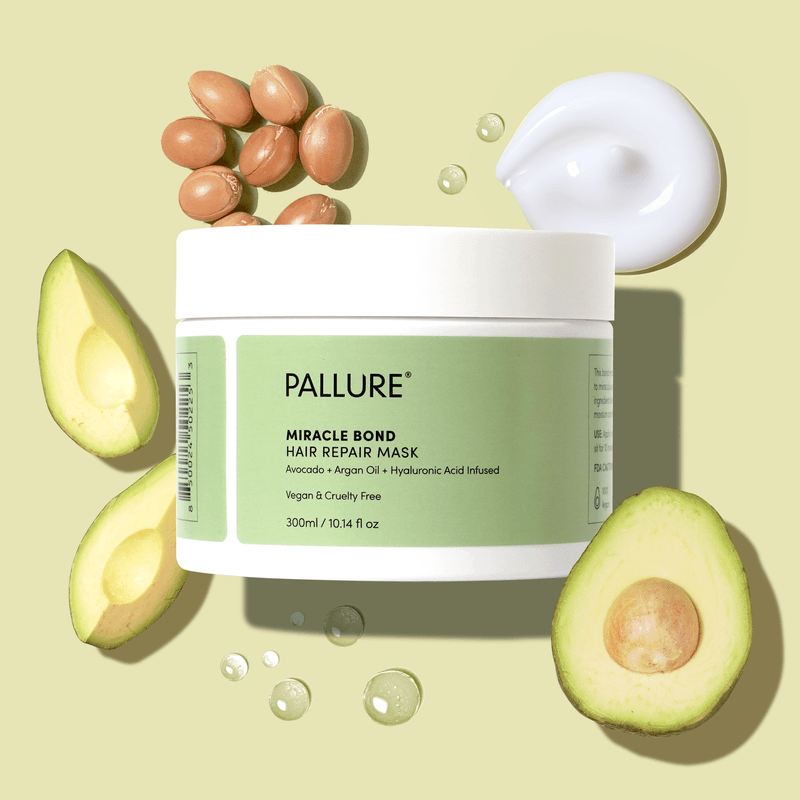
Hydration is key to healthy hair. As we age, our hair tends to become dryer and more brittle. Regular moisturizing treatments can help restore elasticity and shine. Incorporating a weekly deep-conditioning mask can make a significant difference. Look for products with natural oils like argan or coconut, known for their hydrating properties. They penetrate deeply into hair shafts, providing essential moisture.
Did you know? Ancient Egyptians used coconut oil as a hair conditioner. This age-old remedy still holds power today! Keep your locks luscious by pampering them with the right moisture balance regularly.
Scalp Massages

A soothing scalp massage can do wonders for hair health. It increases blood flow to the hair follicles, promoting growth and relieving stress. Use gentle circular motions with your fingertips or invest in a scalp massager for added benefit. Incorporating essential oils like lavender or rosemary can enhance the experience and boost circulation.
Fun fact: Scalp massages are not only therapeutic but have been a traditional practice in many cultures for centuries. Try it during your evening routine for a relaxing end to the day and to support healthier hair growth.
Balanced Nutrition

What you eat plays a pivotal role in hair health. Nutrient-rich foods provide the vitamins and minerals necessary for strong, vibrant hair. Emphasize a diet rich in biotin, omega-3 fatty acids, and vitamins A and E. These nutrients support hair growth and prevent breakage. Salmon, nuts, and spinach are excellent choices.
Did you know? Hair is primarily composed of protein, making it essential to include high-quality protein sources in your diet. By nourishing your body with the right foods, you’re setting the foundation for healthy hair from the inside out.
Gentle Brushing

Treat your hair with care by choosing the right tools. Opt for a wide-toothed comb or a brush with soft bristles to minimize breakage. Start detangling from the ends and work your way up to prevent unnecessary stress on the hair shaft. Brushing not only detangles but also distributes natural oils, adding a natural shine.
Historically, wooden combs have been favored for their gentle nature. Embrace this timeless tool to maintain healthy, tangle-free hair. Remember, a gentle touch goes a long way in preserving your hair’s strength and beauty.
Protect from Heat
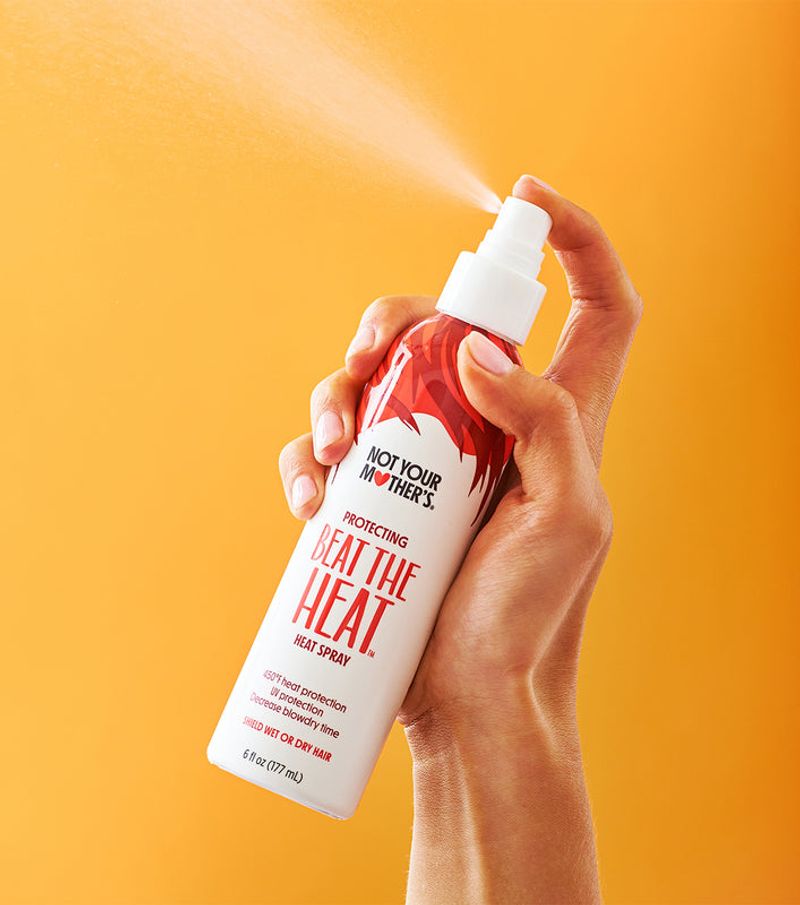
Heat styling tools can be damaging, especially for mature hair. Always use a heat protectant spray before blow-drying or styling with hot tools. This creates a barrier, reducing the risk of damage and preserving hair health. Keep your tools at a moderate temperature and avoid excessive use.
Pro tip: Embrace air-drying techniques whenever possible. Letting your hair dry naturally reduces heat exposure and keeps it healthy. By protecting your hair from heat, you’re ensuring its resilience and shine for years to come.
Regular Trims
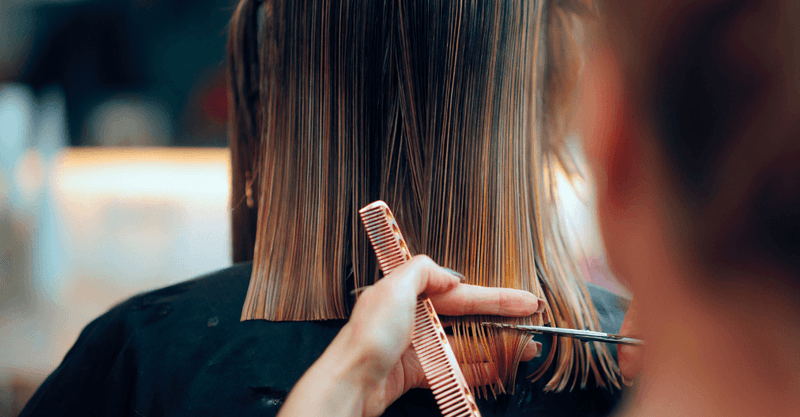
Regular trims are essential for maintaining hair health and preventing split ends. Aim to visit your stylist every six to eight weeks. Trimming not only removes damaged ends but also promotes growth by reducing breakage. A fresh cut adds volume and shape, keeping your style vibrant.
Interesting fact: Hair grows approximately half an inch per month. By scheduling consistent trims, you ensure your hair remains in optimal condition, looking lively and polished. A well-maintained haircut is a cornerstone of any hair care routine.
Use Sulfate-Free Shampoo
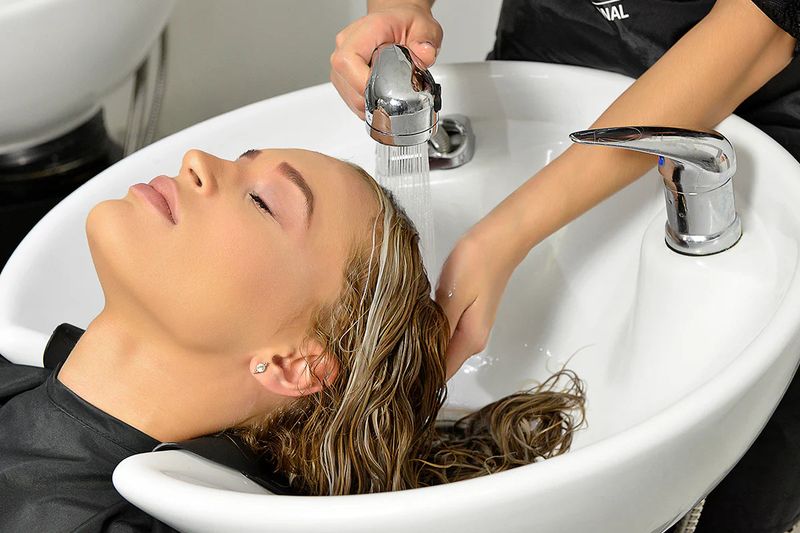
Switching to a sulfate-free shampoo can make a remarkable difference. Sulfates can strip hair of its natural oils, leading to dryness and irritation. By choosing gentler formulas, you maintain moisture and reduce the risk of scalp sensitivity. Look for shampoos that are free from harsh chemicals and packed with nourishing ingredients.
Fun insight: The trend towards sulfate-free products has been growing as people seek healthier hair care options. Embrace this change and feel the benefits of softer, more manageable hair with every wash.
Mindful Styling
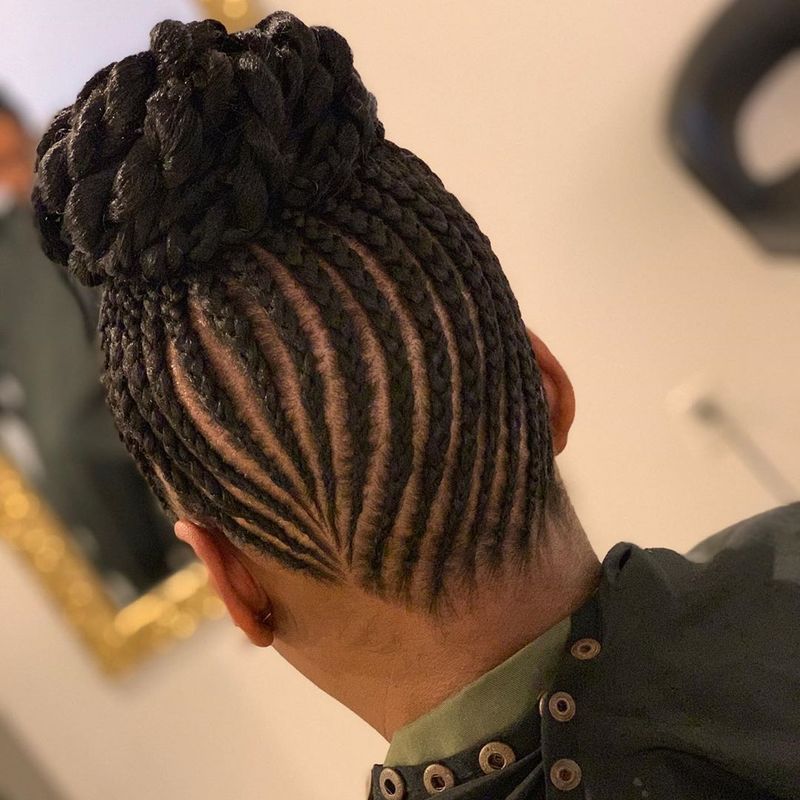
Mindful styling involves choosing techniques that protect and enhance hair health. Opt for loose hairstyles that minimize tension on the hair shaft. Avoid tight ponytails or buns that can lead to breakage. Protective styles like braids or twists can be both fashionable and beneficial.
Did you know? Ancient civilizations often used braiding as a way to protect their hair from harsh environments. This timeless technique remains a valuable tool in your hair care arsenal, ensuring your locks remain resilient and beautiful.
Stay Hydrated

Hydration isn’t just about topical treatments; it’s also about what you drink. Staying well-hydrated is crucial for overall health, including hair vitality. Water supports the body’s natural processes and aids in delivering nutrients to hair follicles. Aim for eight glasses a day to keep your hair looking lush.
Pro tip: Infuse your water with slices of lemon or cucumber for added flavor and nutrients. By maintaining hydration, you support not only your hair but your body’s overall wellness, ensuring you feel your best every day.
Limit Chemical Treatments
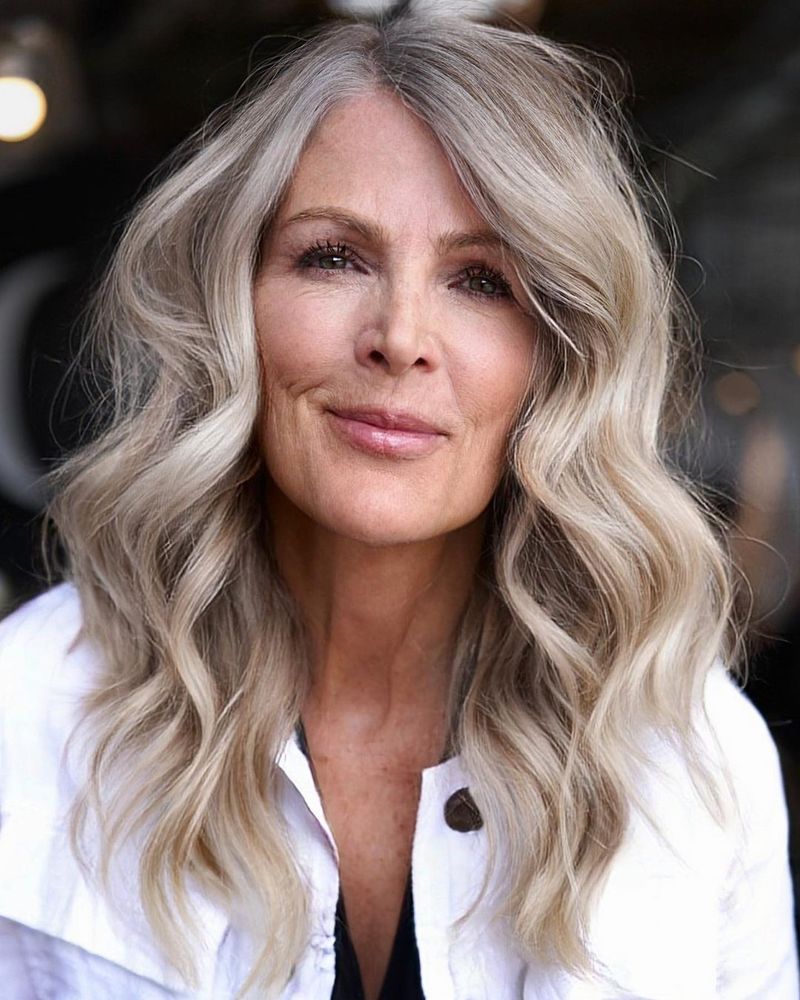
Chemical treatments like coloring and perming can weaken hair. Limiting these processes helps preserve strength and prevent damage. Opt for natural or semi-permanent dyes that are less harsh on the hair. If you must color, ensure you use nourishing products and follow up with deep conditioning treatments.
Interesting insight: Henna has been used for centuries as a natural hair dye, offering a gentle alternative to chemical treatments. By reducing chemical exposure, you maintain healthier, more vibrant hair over time.
Sun Protection for Hair
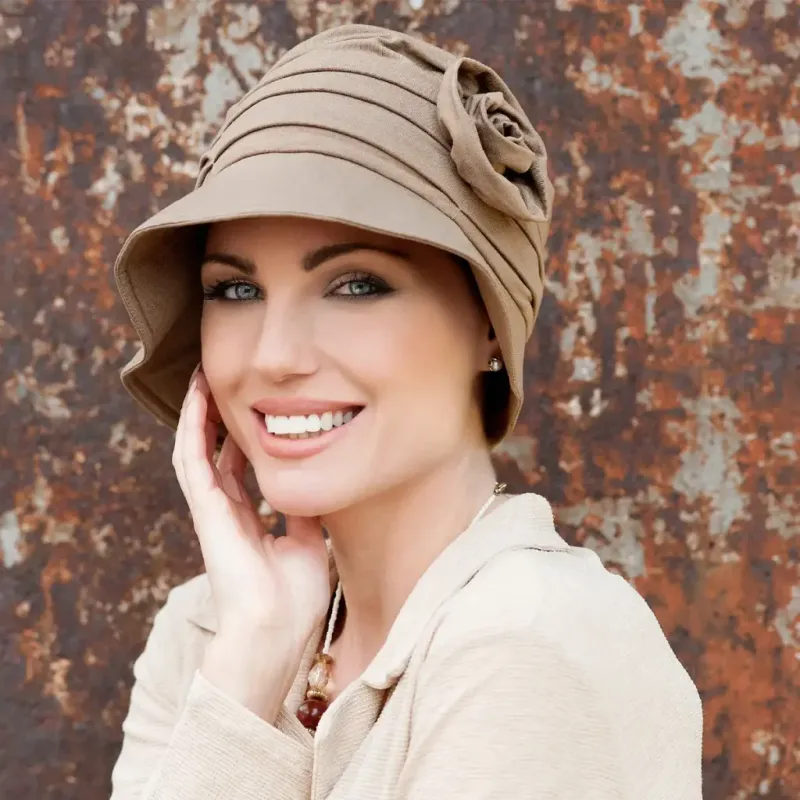
Just like skin, hair needs protection from the sun’s harmful rays. UV exposure can lead to dryness and color fading. Wearing a hat or using products with UV filters helps shield your hair. Consider a protective hairstyle or carry a scarf for added coverage.
Did you know? Ancient Greeks wore wide-brimmed hats, known as petasos, to protect themselves from the sun. Incorporate this timeless accessory into your wardrobe for added style and protection. Safeguard your hair from the elements to keep it healthy and vibrant year-round.
Embrace Your Natural Texture
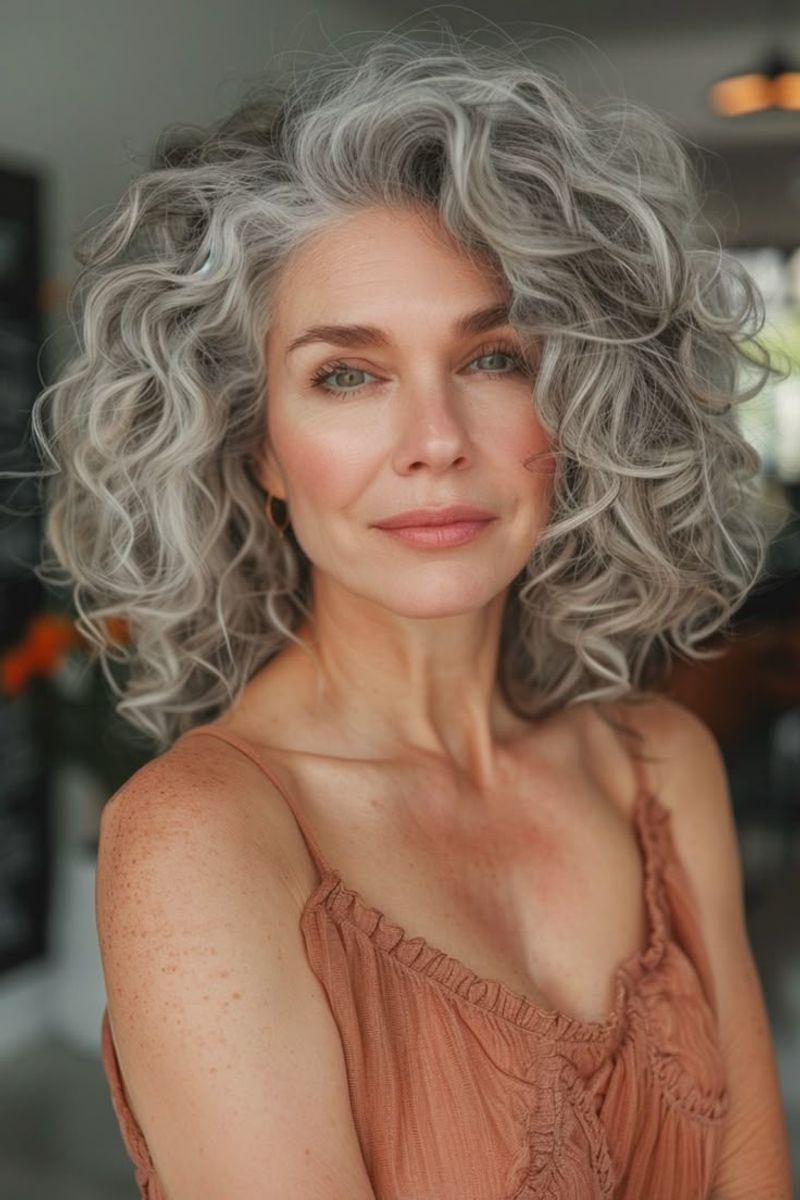
Celebrating your hair’s natural texture can minimize damage. Embrace curls, waves, or straight locks by using products that enhance your unique look. Avoid excessive styling that alters your natural texture. Focus on products that define and nourish your hair’s inherent beauty.
Fun fact: The movement towards natural hair has gained momentum, encouraging individuals to love their authentic selves. By embracing your texture, you reduce the need for damaging treatments and appreciate the beauty of your natural hair.
Stress Management

Stress takes a toll on hair health, leading to thinning and shedding. Incorporating stress-reducing activities like yoga or meditation can significantly benefit your hair. These practices promote relaxation and improve circulation, supporting hair growth.
Did you know? Yoga has been practiced for over 5,000 years as a way to achieve mental and physical harmony. By managing stress effectively, you not only enhance your hair’s appearance but also your overall well-being. Make relaxation a part of your routine for healthier, happier hair.
